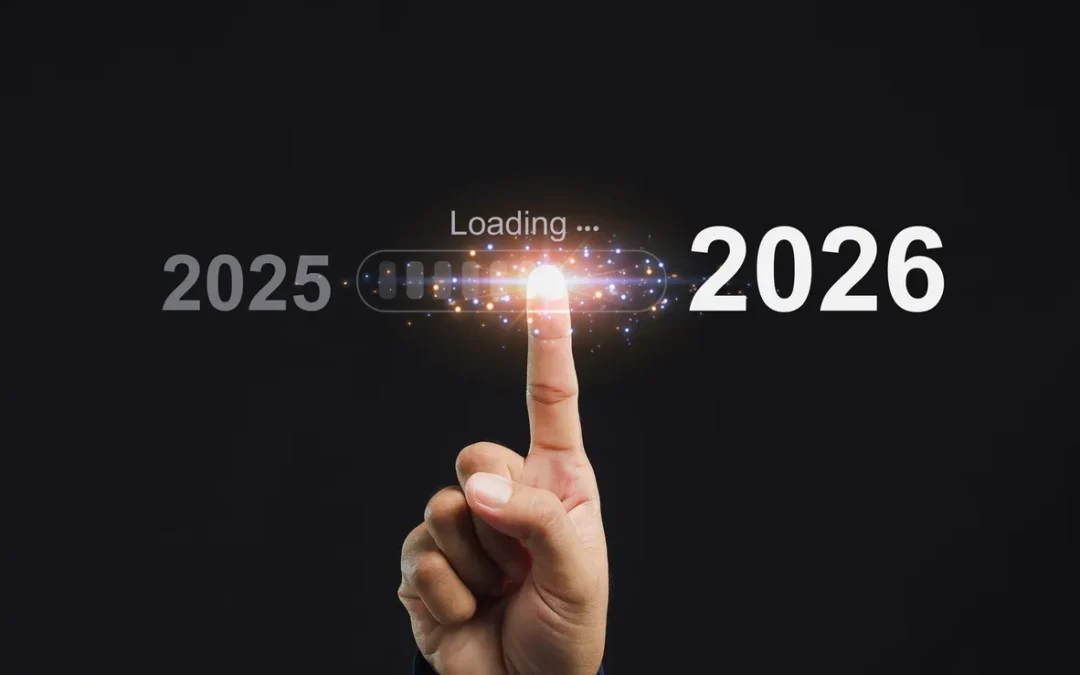As the global focus on sustainability intensifies, businesses and individuals alike are seeking ways to reduce their environmental impact. One of the most promising strategies for achieving this goal is the circular economy. Unlike the traditional linear economy—where resources are extracted, used, and then discarded—the circular economy aims to keep resources in use for as long as possible, extracting maximum value and minimising waste. In this blog post, we’ll explore the principles of the circular economy, its benefits, and how it’s shaping the future of sustainability.
What is the Circular Economy?
The circular economy is a systemic approach to economic development designed to benefit businesses, society, and the environment. It emphasises the importance of rethinking the lifecycle of products and materials, promoting the reuse, repair, refurbishment, and recycling of resources.
Key principles of the circular economy include:
- Designing Out Waste and Pollution: Products are designed to minimise waste and pollution from the outset.
- Keeping Products and Materials in Use: Extending the lifecycle of products through reuse, repair, and recycling.
- Regenerating Natural Systems: Ensuring that economic activities support and regenerate natural systems rather than deplete them.
Understanding the Circular Economy for Sustainable Business Growth
Benefits of the Circular Economy
Environmental Sustainability: By reducing waste and promoting the efficient use of resources, the circular economy significantly lowers the environmental footprint of production and consumption. Economic Growth and Innovation: The circular economy drives innovation by encouraging new business models, such as product-as-a-service and remanufacturing. This can lead to new economic opportunities and job creation. Resource Efficiency: In a world of finite resources, the circular economy promotes the efficient use of materials, reducing dependency on raw materials and enhancing resilience against supply chain disruptions. Reduced Costs: Businesses can reduce costs by optimising the use of resources, improving product longevity, and minimising waste management expenses.
How Businesses Can Embrace the Circular Economy
For businesses, adopting a circular economy model requires a shift in thinking—from focusing solely on short-term profits to considering long-term sustainability and value creation. Here are some steps businesses can take to embrace the circular economy:
- Product Design: Start with eco-friendly design principles, creating products that are durable, repairable, and easy to disassemble for recycling.
- Circular Supply Chains: Partner with suppliers who prioritise sustainability and can provide recycled or renewable materials.
- Resource Recovery: Implement systems for collecting and reusing products or materials at the end of their lifecycle.
- Business Model Innovation: Explore new business models that align with circular economy principles, such as leasing products instead of selling them or offering maintenance and repair services.
- Collaboration and Partnerships: Collaborate with other businesses, governments, and NGOs to create a supportive ecosystem for the circular economy.
The Future of the Circular Economy
As awareness of environmental issues grows, the circular economy is poised to become a cornerstone of sustainable development. Governments are increasingly supporting circular initiatives through policies and regulations, and consumers are demanding more sustainable products and practices. In the coming years, we can expect to see greater adoption of circular economy principles across industries, from electronics and fashion to construction and agriculture. As businesses and consumers alike recognise the benefits of a circular approach, the transition to a more sustainable and resilient economy will accelerate.
Conclusion
The circular economy represents a significant shift in how we think about production and consumption. By keeping resources in use for longer, reducing waste, and promoting sustainability, the circular economy offers a viable path toward a more sustainable future. For businesses, embracing the circular economy is not just an opportunity to enhance sustainability—it’s a chance to drive innovation, reduce costs, and meet the growing demand for environmentally responsible practices. As we move forward, the circular economy will play a crucial role in shaping a sustainable and prosperous future for all.
Ready to Turn Circular Economy Principles into Action?
At Astralis Technology, we don’t just talk about sustainability — we embed it into every stage of IT asset management. From secure data erasure to redeployment, resale, and responsible recycling, our services are designed to extend asset lifecycles, maximise value, and reduce environmental impact. Learn how our approach to IT asset disposal and eco-friendly ITAD supports secure, sustainable outcomes for organisations across the UK.
Book your free, no-obligation consultation today and discover how Astralis can help your organisation embrace the circular economy while staying secure and compliant.



